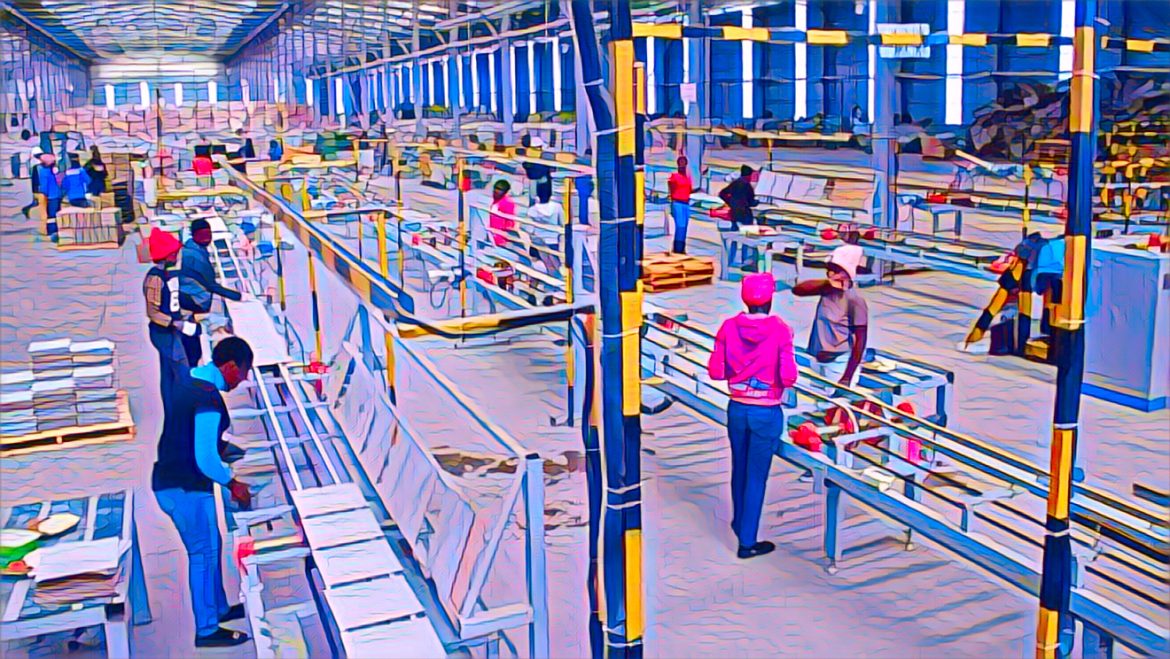KEY POINTS
- The manufacturing sector’s Volume of Manufacturing Index increased by 19 percent in Q2 2024.
- The Zimbabwe Industrial Reconstruction and Growth Plan (2024–2025) aims to revitalize the sector by focusing on local production and reducing import reliance.
- Significant foreign investments, such as Tsingshan Holding Group’s $1 billion steel plant, are contributing to industrial growth.
Zimbabwe’s manufacturing sector shows both positive growth trends and major difficulties at the same time.
Although specific sectors have grown well, the overall industry confronts major challenges that limit its ability to boost national economic growth.
Growth in specific subsectors
The manufacturing sector increased its output by 19 percent in the second quarter of 2024, after showing 135.24 in its Volume of Manufacturing Index (VMI) compared to 113.65 in 2023.
Drinks, Beverages, and Tobacco businesses experienced a 45.53% sales increase over 2023, due to rising domestic demand and export opportunities.
Decline in overall contribution to GDP
Despite growth in certain areas, the manufacturing sector’s overall contribution to Zimbabwe’s Gross Domestic Product (GDP) has declined.
Reports indicate a decrease from 14.8 percent in 2018 to just 9 percent in 2023.
The decrease in manufacturing performance relates to production expenses, shortages of money outside the country, and repeated power disruptions.
Strategic interventions and policy initiatives
To address manufacturing sector challenges, the Zimbabwean government created the Zimbabwe Industrial Reconstruction and Growth Plan (ZIRGP) for 2024–2025.
This blueprint aims to address immediate obstacles in the manufacturing sector by prioritizing local production of key goods, such as fertilizers, pharmaceuticals, and iron and steel products.
The plan works to boost product enhancement while making supply networks more efficient and growing Zimbabwean manufacturing to decrease imports.
Foreign investment and industrial projects
New investments from foreign companies remain fundamental in restoring Zimbabwe’s industrial production capacity.
China’s Tsingshan Holding Group began operating its $1 billion steel plant in June 2024.
In the first step of its development, Dinson Iron and Steel Company will produce 600,000 metric tons of steel annually to advance Zimbabwe’s manufacturing sector.
Challenges and outlook
Despite the progress being made, the manufacturing sector continues to deal with major problems.
The sugar producer Tongaat Hulett Zimbabwe needs to end jobs for 1,000 workers by August 2025 because of rising operating expenses and weak local currency valuation.
The business challenges reflect how inflation and currency weakness impact processors across all sectors.
The growth of Zimbabwe’s manufacturing sector exists beside tough regulatory systems and economic problems.
Achieving ZIRGP performance targets and foreign investments will help to show how the sector develops over the next few years.


